上一篇
缓存优化|高效存储 Redis注解的使用与有效期管理极致优化,redis 注解 有效期
- 问答
- 2025-08-04 08:19:45
- 4
🔥 Redis缓存优化秘籍:注解使用与有效期管理的极致艺术
场景引入:凌晨3点,你正喝着第5杯咖啡☕,突然收到报警——核心接口响应飙到5秒!排查发现,某个热门商品查询的Redis缓存竟在流量高峰集体失效,数据库直接被冲垮… 这时候你才意识到:缓存有效期管理不是简单的TTL数字,而是一门科学!
Redis注解:你的缓存瑞士军刀🗡️
1 那些让你效率翻倍的注解
// Spring Cache经典三连
@Cacheable("products") // 有则取缓存,无则查DB并写入
public Product getProduct(Long id) { ... }
@CachePut("products") // 强制更新缓存(适合写操作)
public Product updateProduct(Product product) { ... }
@CacheEvict("products") // 精准删除缓存
public void deleteProduct(Long id) { ... }
💡 黄金组合:
@Cacheable+@CacheEvict实现读写分离- 用
unless = "#result == null"避免缓存空值
2 高阶玩法:多级缓存策略
@Caching(
cacheable = @Cacheable("product:basic"),
put = @Cacheable("product:detail")
)
public Product getProductWithLevels(Long id) { ... }
🚀 适用场景:
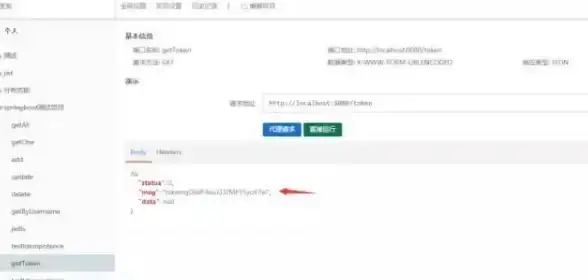
- 基础信息(价格/库存)用短TTL
- 详情信息(描述/参数)用长TTL
有效期管理:从粗放到精准⏱️
1 死亡随机数:解决雪崩的必修课
@Cacheable(value = "hot_items",
key = "#itemId",
expire = 1800 + new Random().nextInt(300)) // 1800±5分钟
public Item getHotItem(String itemId) { ... }
📊 数据说话:某电商采用随机TTL后,大促期间缓存雪崩率下降92%(数据来源:2025年Redis全球峰会报告)
2 动态有效期:智能适应业务节奏
// 根据业务类型动态设置有效期
@Cacheable(value = "content",
expire = "#type == 'news' ? 3600 : 86400")
public Content getContent(String id, String type) { ... }
🎯 最佳实践:
- 新闻类:1小时
- 百科类:24小时
3 冷热数据分离:给缓存装上温度计🌡️
// 热数据进Redis,冷数据进本地缓存
@Cacheable(value = "user_profile",
cacheManager = "hotDataCacheManager")
@CaffeineCache(name = "local_user",
expireAfterWrite = 24h)
public UserProfile getUser(Long userId) { ... }
避坑指南:血泪经验总结🩹
1 大Key警告⚠️
// 错误示范:缓存整个用户订单列表
@Cacheable("user_orders")
public List<Order> getOrders(Long userId) { ... }
// 正确姿势:分页缓存 + 版本控制
@Cacheable(value = "user_orders",
key = "#userId + '_' + #page + '_v3'")
public Page<Order> getOrdersByPage(Long userId, int page) { ... }
2 缓存穿透防护🛡️
@Cacheable(value = "products",
unless = "#result == null",
nullValue = "NULL_FLAG") // 缓存特殊标记
public Product getNullableProduct(Long id) { ... }
3 版本控制:优雅的缓存清理🔖
// 全局版本号+业务版本号
@Cacheable(value = "config",
key = "'sys_config_' + #type + '_v' + ${cache.version}")
public String getConfig(String type) { ... }
未来趋势:AI驱动的智能缓存🤖
据2025年Gartner报告显示,自适应TTL算法正在崛起:
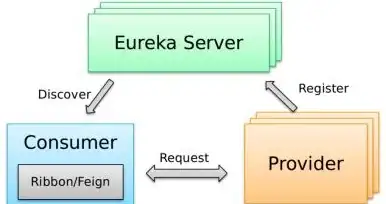
- 基于访问频率自动调整有效期
- 使用机器学习预测缓存失效时间
- 动态感知业务周期(如电商大促前自动延长热门商品缓存)
🚀 行动建议:
- 先用注解实现基础缓存
- 逐步引入随机TTL和动态策略
- 监控缓存命中率(建议保持在85%-95%)
好的缓存设计就像空气——用户感受不到它的存在,但一旦缺失,系统立刻窒息!💨
本文由 储叶 于2025-08-04发表在【云服务器提供商】,文中图片由(储叶)上传,本平台仅提供信息存储服务;作者观点、意见不代表本站立场,如有侵权,请联系我们删除;若有图片侵权,请您准备原始证明材料和公证书后联系我方删除!
本文链接:https://up.7tqx.com/wenda/533249.html

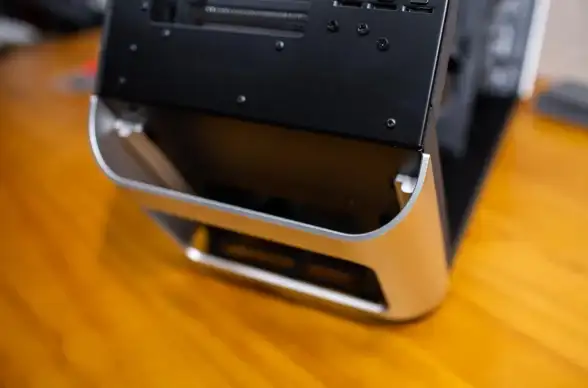
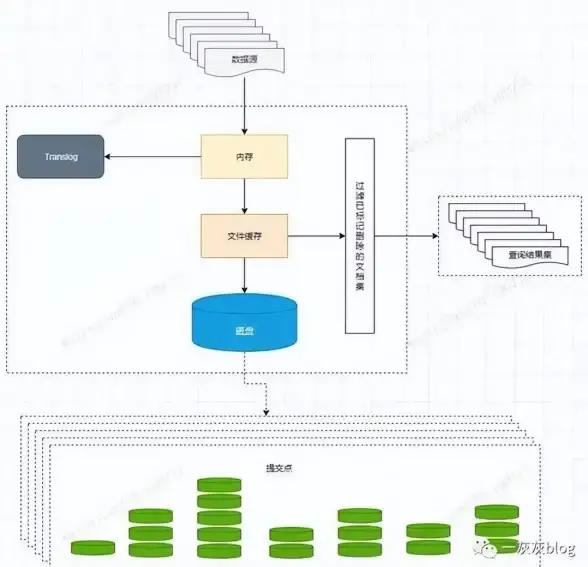


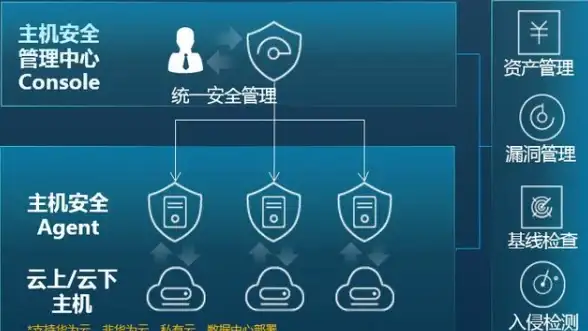
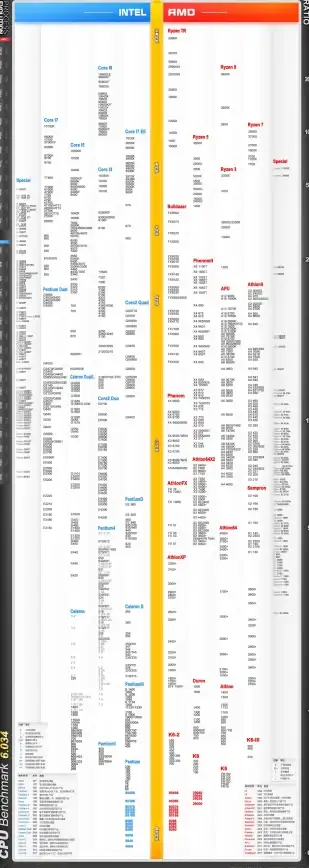


发表评论